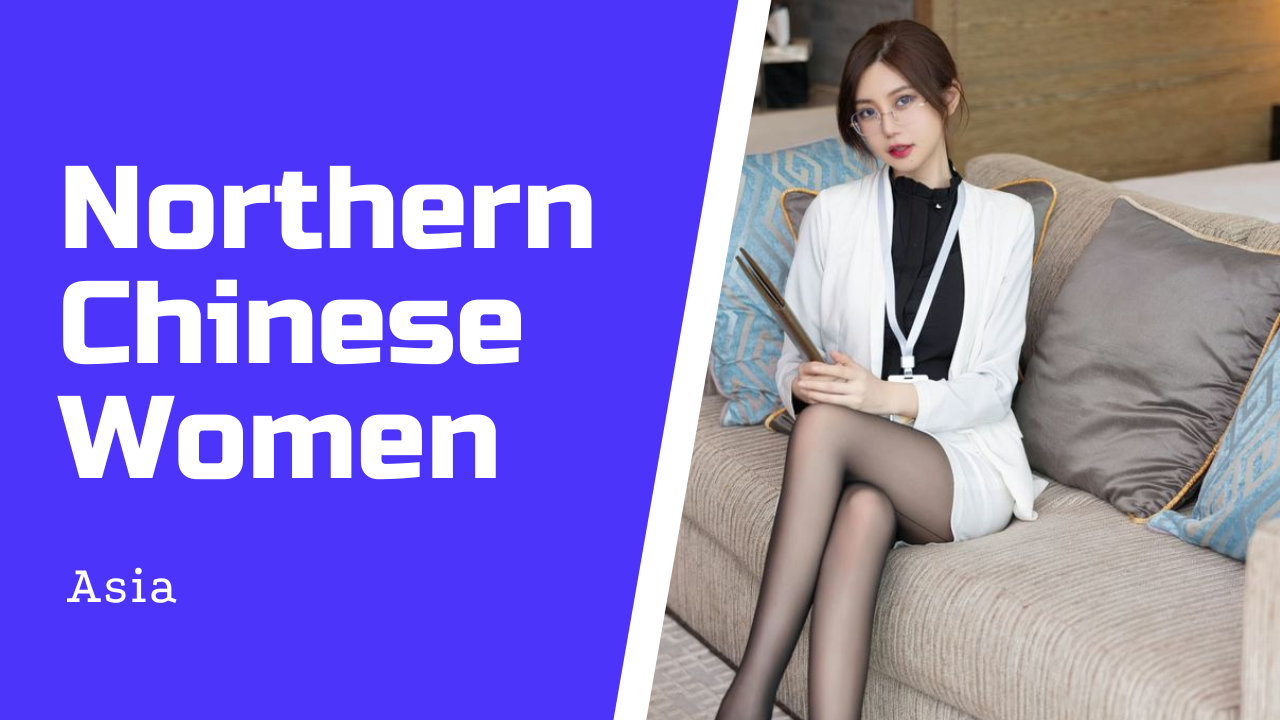Fashion among young Chinese women in northern China carries a distinctive charm, often characterized by a subtle elegance and an understated beauty. The clothing choices of these women emphasize gracefulness, combining modern styles with traditional touches. Northern Chinese women often embrace fashion trends, while being inspired by their cultural roots and the natural surroundings. These women balance clothing elements that are both practical for their sometimes harsh, cold climate and visually stunning, creating expressions of style that reflect their inherent beauty.
Cute Chinese women from northern China have a way of blending the old with the new, incorporating clothing that not only flatters their frame but also represents their region’s rich history of silk, embroidery, and detailed craftsmanship. What’s notable is how they often layer their clothing, emphasizing both warmth and aesthetics, aligning their keen sense of style with environmental consideration. Influences from history and nature often surface in colors, patterns, and textures, creating looks that feel simultaneously delicate and strong.
Several trends stand out, showcasing how cute Chinese women integrate traditional elements into contemporary fashion:
- Loose, yet tailored outerwear such as trench coats and woolen wear combined with intricate native patterns.
- Wide-leg trousers or flowing skirts paired with boots suitable for colder climates, maintaining both comfort and a clean look.
- A penchant for soft colors, such as pastels and neutrals, that invoke a sense of calm and clarity in their overall appearance.
This nuanced approach to dressing is reflected not just in their attire but in the careful selection of accessories and makeup, which tend to remain subtle and naturally radiant. Northern Chinese women often choose minimalistic jewelry pieces, accentuating their refined beauty rather than overpowering it. Their makeup often emphasizes natural skin and soft colors, with an air of effortless sophistication.
Celebrating the Unique Identity of Black Chinese Women in Northern China
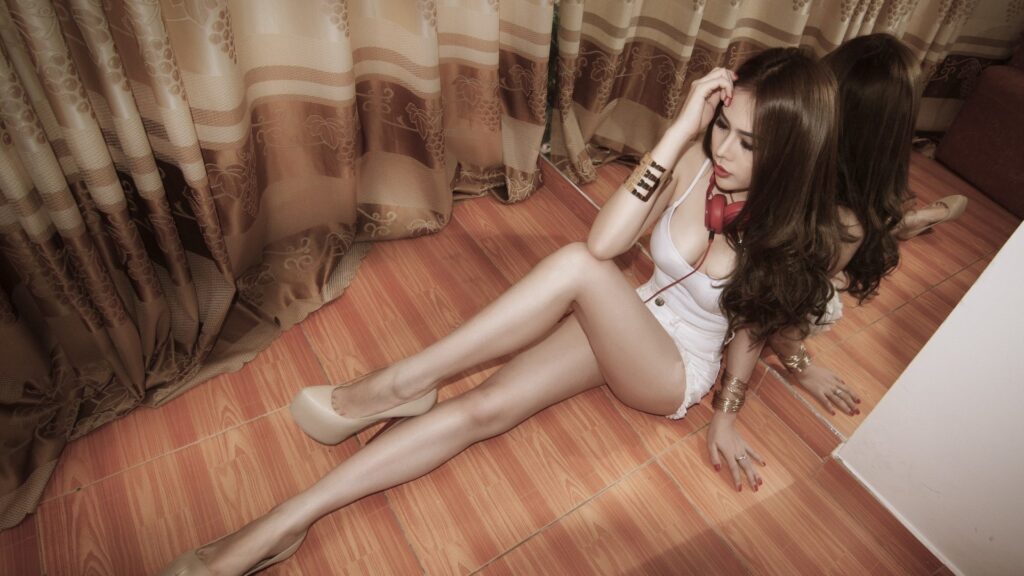
As diverse as China is in its regions and cultures, there are distinctive communities that add depth to its social fabric. Among them, Black Chinese women in northern China stand out by intertwining different racial and ethnic identities that reflect both Chinese roots and African heritage. In a society that is becoming more culturally connected with other parts of the world, these women occupy a special space in the conversation of multiculturalism.
Black Chinese women often navigate their unique identity through personal expression, especially in how they approach fashion, hairstyles, and beauty standards. Just as these women share Chinese heritage, they also bring forward African influences showcasing an eclectic fusion of two vibrant cultures. Whether through their hair, which is styled in traditional African braids, or their clothing that may combine Afro-inspired prints with more traditional Chinese garments, their style conveys both individuality and cultural connection. This fusion results in powerful statements in personal expression, challenging conventional views of beauty.
The presence of Black Chinese women, in a cultural landscape that is traditionally homogenous, brings more visibility to diversity. Their influence manifests in northern China, where attitudes about race and beauty are continuously evolving. By drawing from African culture while still feeling deeply connected to the rich traditions of China, these women redefine what identity looks like in places that do not have a long history of immigration. Black Chinese women in northern China exemplify how weaving different cultures together can continually reshape and influence fashion, art, and public perceptions of beauty. Their presence speaks to a future where cross-cultural identities become an essential part of everyday life.
Beauty Secrets Inspired by Tradition and Nature
Pretty Chinese women from the northern regions often hold secrets to timeless beauty, grounded in traditions passed down through generations and deeply connected to nature. These beauty practices incorporate elements from Chinese herbal medicine, natural remedies, and careful skincare routines. For these women, beauty is nurtured with patience, simplicity, and a consistent balance between the inner self and external beauty.
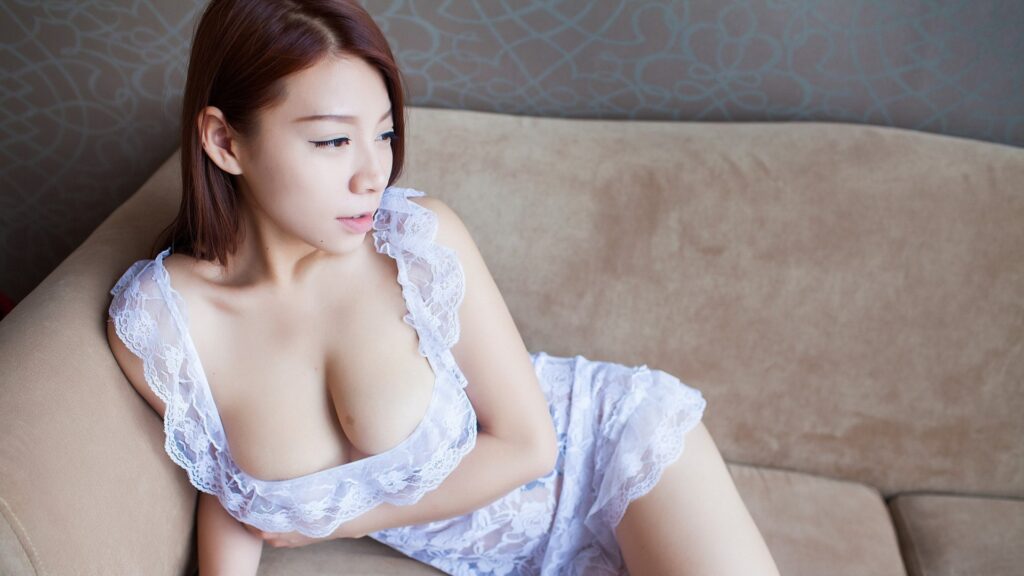
A common thread in northern Chinese beauty practices is the emphasis on hydration and protecting the skin from harsher climates. The colder, drier conditions in northern China make moisture retention vital, inspiring a range of skincare techniques aimed at preserving a youthful and healthy look.
Some core elements of traditional beauty care include:
- Regular use of natural oils and teas to hydrate the skin, such as green tea masks for detoxification and evening primrose oils for maintaining suppleness.
- Daily facial massages that stimulate circulation and help relax muscles, keeping the skin bright and youthful.
- Herbal concoctions consisting of ginseng, pearl powder, and other exotic Chinese plants known for slowing the aging process and promoting vitality.
This attention to both internal and external care also extends into overall wellness. Northern Chinese women often include specific foods in their diet rich in antioxidants that contribute to clear, glowing skin. Mushrooms, goji berries, and lotus seeds are staples that offer health benefits while also nourishing the skin from within.
Just as their beauty rituals are subtle, makeup techniques often aim for a natural, lightweight finish. Pretty Chinese women minimize their use of heavy makeup, choosing instead to highlight their natural features. Soft pink cheeks, lightly stained lips, and well-moisturized skin are commonly seen in the beauty palettes of northern women, maintaining that fresh, untouched appearance.
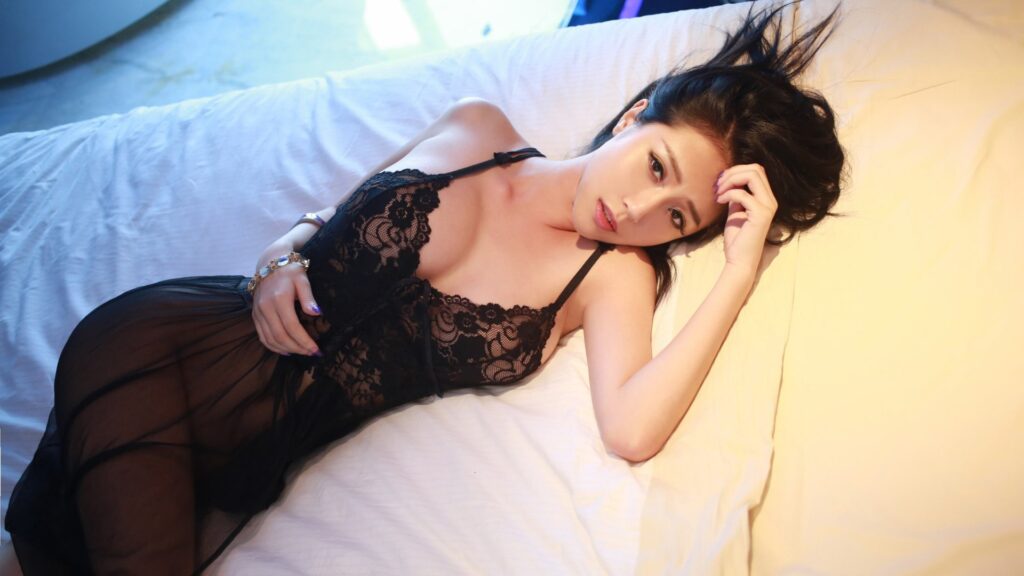
The Exotic Influence of Chinese Women
Many people around the world are captivated by the elegance and grace exuded by Chinese women across various regions. Exotic Chinese women, with their masterful integration of culture and style, are often seen as symbols of beauty and sophistication. Their ability to take influences from tradition and nature while keeping pace with evolving global trends sets them apart. Whether these women carry the delicate lotus-like charm or embrace bold modern statements, their influence on fashion and beauty is undeniable. For many, the allure lies in their ability to innovate without losing the deep cultural ties that make their beauty timeless.
Across different parts of the world, including the United States, American Chinese women bring this exotic essence of beauty with them. Living in cosmopolitan settings, they often highlight traditional Chinese aesthetics while blending in modern creativity. Their contributions to the evolution of Asian beauty ideals in the West only deepen the fascination with exotic Chinese women, underscoring their continued relevance in shaping global perceptions of beauty and elegance.
The Influence of Diverse Relationships
Relationships between Chinese women and Black men have drawn attention for the rich cultural exchange involved. These unions reflect a deeper narrative of people connecting across racial and ethnic boundaries, sharing life styles, and building families enriched by both Chinese and African lineages. Such couples increasingly challenge long-standing stereotypes and encourage dialogue about racial interactions in modern society.
Chinese women and Black men in relationships often share their experiences of blending cultures, including traditional holidays, family values, and daily habits. When children come into the picture, the result is often families enriched by two complex heritages. Whether the children take after customs from China or Africa, their upbringing offers a unique intersection of experiences that fosters multicultural understanding.
This also reflects in relationships across multiple contexts. Social settings, from casual outings to formal gatherings, showcase how couples navigate their distinct backgrounds while creating meaningful connections. As more people from different parts of the world adopt multicultural perspectives, diversity in relationships continues to shape modern societies, including northern China.
The Variations Between Young and Older Chinese Women
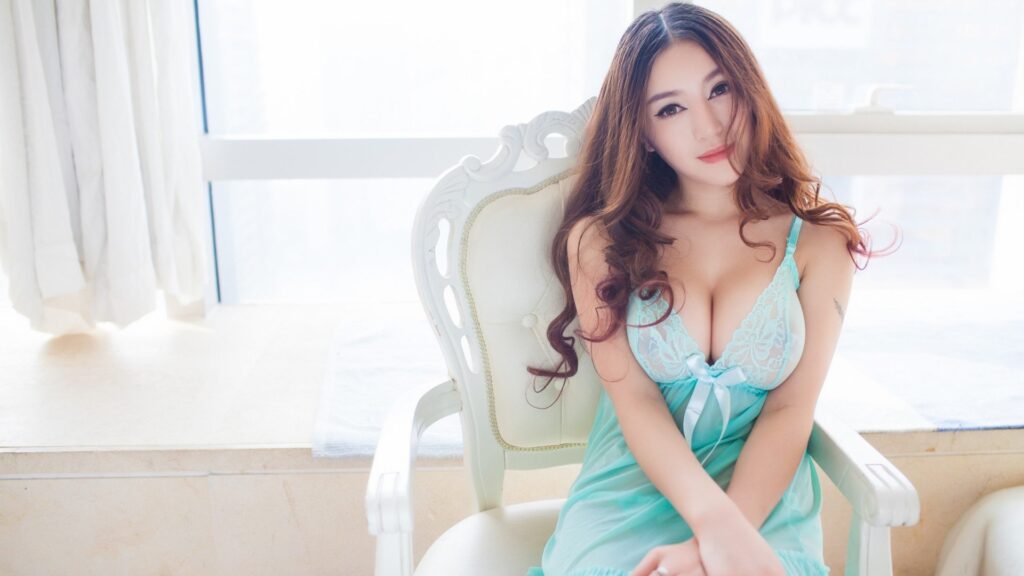
Beauty trends often vary depending on age, and in northern China, a clear distinction appears between the approaches taken by young Chinese women versus their older counterparts. Young Chinese women tend to embrace contemporary global beauty trends, experimenting with makeup, hairstyles, and fashion choices that reflect both their youth and the digital age’s fast-paced innovation.
However, even as young Chinese women adopt modern beauty standards, they stay connected to regional influences. Whether incorporating traditional clothing elements like silk scarves or taking part in local beauty practices such as herbal baths, they maintain a balance between trendy and timeless. These trends often make young Chinese women icons of grace and modernity, explored through social media, fashion blogs, and entertainment.
In contrast, older women in northern China often rely on well-practiced rituals and wisdom passed down through generations. Their use of skincare routines grounded in Chinese medicine continues to prioritize moisture, with an emphasis on preserving natural complexion. Rather than heavily engaging with contemporary trends, older women focus on more enduring practices, valuing virtues like moderation and subtle expression.
Exotic Styles of Northern Chinese Women
Northern Chinese women, particularly in prominent urban areas such as Beijing and Tianjin, have developed a distinctive approach to fashion that stands out from other regions. This bold, avant-garde style incorporates traditional elements while embracing modern aesthetics, crafting visually captivating looks that push creative boundaries.
Exotic Chinese women are often seen experimenting with uncommon fabrics, daring color palettes, and dramatic silhouettes. By blending influences pulled from urban and rural settings, these women create alluring and trendy outfits that defy any singular categorization. Their sartorial choices include everything from intricate silk tops embroidered with traditional motifs to high-fashion pieces that echo Western influences. The mix of conventional and contemporary styles makes them stand out wherever they go.
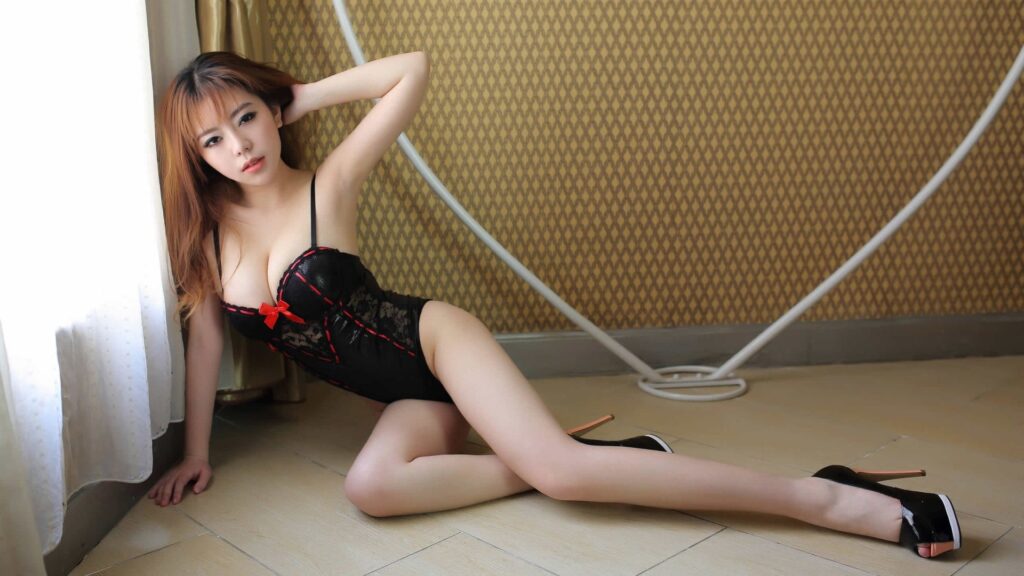
For many pretty Chinese women in northern cities, fashion becomes a mode of expression as they navigate rapidly modernizing communities. The space between old traditions and new trends gives birth to fashion choices seen as unconventional or exotic to outsiders. Yet, in these northern regions, boldness in fashion has become second nature. You’ll see daring accessories paired with minimalist cuts or avant-garde layering techniques that speak to evolving personal tastes. It’s particularly common to see black Chinese women in northern China redefine cultural expectations through their fashion choices, pushing forward conversations about representation within the Chinese fashion scene.
From oversized coats, asymmetrical hemlines, and futuristic sneakers to striking patterns involving florals and sharp geometrics, young Chinese women boldly redefine beauty standards through their clothing choices. This spirit of experimentation thrives, showing the world that personal expression knows no bounds within the streets of northern Chinese cities.
The Vibrant Energy of Youth: How Young Chinese Women in Northern Cities Shape Modern Trends
Young Chinese women in the north actively drive modern fashion trends shaping the city landscape, reflecting their vibrant energy and creative ethos. Whether seen in the bustling shopping districts of Shenyang or through the casual street styles in Harbin, these young women bring energetic and fresh perspectives to their everyday wear.
Age plays a significant role in the silhouette of northern Chinese style. Younger women often prefer playful and cute looks, favoring styles that incorporate bright colors and fun textures. It’s common to see cute Chinese women in bubblegum-pink oversized jackets, juxtaposed with platform shoes and hair accessories influenced by Japanese and Korean fashion trends. Their clothing choices lean into femininity, yet cleverly balance with edgier, contemporary urban trends in places like Beijing where fashion-forward youth thrive in the face of constant change.
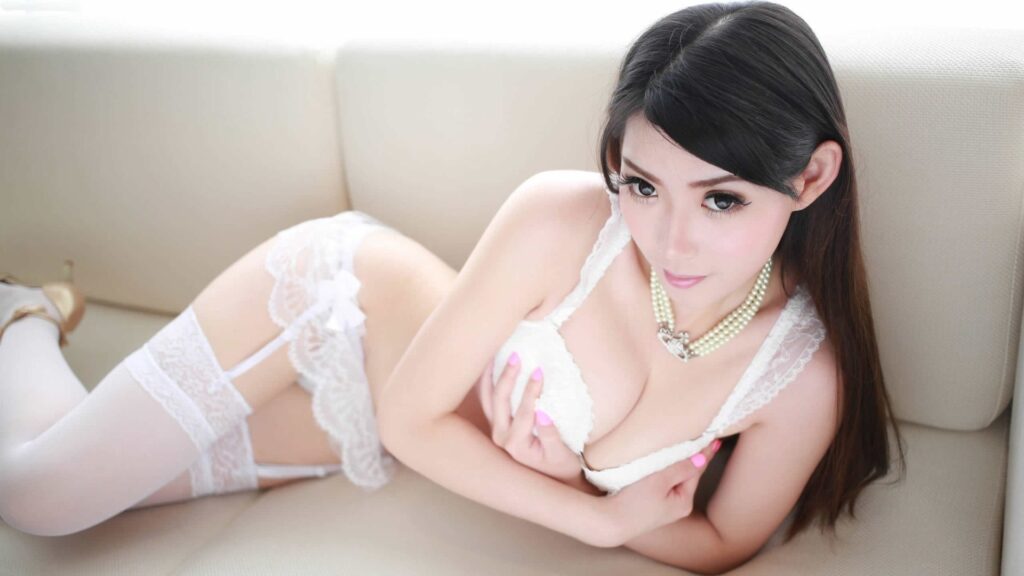
Many of these style preferences feature vibrant pops of color, shorts and short skirts, exaggerated puff-sleeves, and trendy collaborations with international brands, reflecting lifestyle changes within youth culture. Young Chinese women are often seen sporting whimsical prints, quirky knick-knacks, and fashionable backpacks or purses that inject a sense of playfulness into otherwise structured outfits. These young women constantly experiment with materials that balance both tradition and modernity, keenly reflecting global influences through platforms like TikTok and Instagram.
In many cases, black Chinese women in the northern Chinese region also shape broader representations of beauty that break the mold of traditional aesthetics. Their presence further enriches these cities’ diverse fashion ecosystems, merging cultural aesthetics through a distinctly cosmopolitan lens. The attraction toward inclusivity and representation has sparked a local interest in domestic designers pushing the boundaries of Chinese beauty it’s not uncommon to see designers tailoring ethnic-inspired fashion pieces that reimagine floral textile patterns with modern proportions and cuts.
The Influence of American-Chinese Women on Northern Chinese Style
American-Chinese women wield substantial influence on fashion trends in northern China. Fashion-forward American Chinese women often introduce fresh perspectives to this evolving wardrobe landscape, creating an exchange of styles between two fashion-driven worlds.
The influence of these women often weaves together the aesthetics of their Chinese heritage with the ever-changing trends observed in the United States. As a result, they have helped elevate previously niche trends from the West into the streets of cities like Dalian and Changchun. Their integration of sleek, minimalistic designs and more vibrant looks driven by street culture contributes to a marriage that has shaped northern fashion into a dynamic composition of classic and contemporary styles.
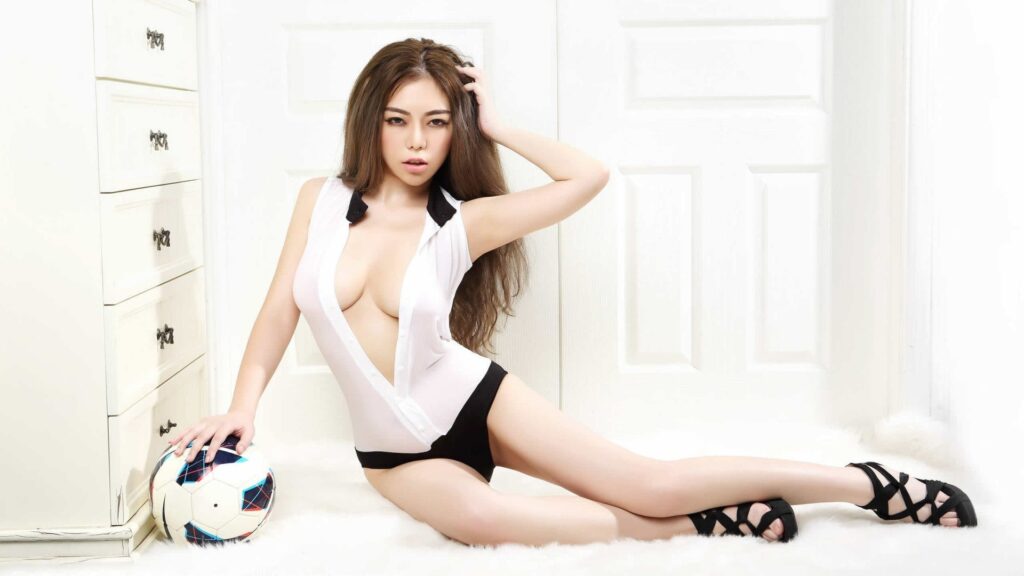
Women’s streetwear looks in cities like Beijing have evolved into fashion-forward reflections of both Western culture and the intrinsic heritage woven into their identities. This cross-pollination of influences often results in distinct outfits that are carefully curated yet feel effortless. Moving between two distinct cultural spaces highlights their ability to be versatile tastemakers, whether influencing the popularity of Nike sneakers paired with an elegant, oversized wool coat, or slim-fit jeans contrasted with chunky accessories inspired by their Chinese roots.
Young American Chinese women, influenced by their experiences living in urban environments like New York or Los Angeles, bring back “localized” trends to northern Chinese cities. Staples such as leather jackets, high-waisted jeans, sneakers, and designer T-shirts may seem like casualwear but are imbued with significance when creatively mixed with Chinese fashion standards. This fusion has made these women prominent figures in style circles on either side of the Pacific. Through frequent trips between their homelands, American-Chinese women act as cross-cultural curators, blending oversized sunglasses, cosmopolitan patterns, and sleek hairstyles into mainstream looks for northern Chinese women.
The marriage between Chinese and American influences isn’t just confined to clothing attitudes toward fitness, beauty ideals, and concepts of empowerment extend beyond apparel. Fashion is a conduit for connection to one’s multifaceted identity, something that American-Chinese women embrace and elevate both culturally and within the fashion world.
Furthermore, Chinese women in relationships with black men continue gaining attention for redefining traditional beauty standards. Their mixed-race children are often seen in fashion-forward environments, merging multiple worlds with captivating style choices, bringing new textures, colors, and patterns to northern Chinese fashion. Many embrace looks that transcend labels, prioritizing personal expression and authenticity while subtly pushing back against conventional fashion ideals within the context of northern China’s diverse population. This blending of cultural influences markedly impacts fashion movements, creating an ever-evolving style landscape that keeps pace with the fast-changing trends both locally and globally.
The Growing Trend of Chinese Women and Black Men Couples in Northern China
The increasing number of relationships between Chinese women and Black men in Northern China is drawing attention. While interracial marriages in China were rare in the past, recent years have shown a gradual shift in attitudes. This trend reflects the broader global dynamics of cross-cultural interaction, particularly in regions that have become more connected through globalization and migration.
The pairing of Chinese women with Black men challenges traditional cultural norms. In some parts of China, these relationships have faced societal scrutiny. Yet, modern, younger generations appear to be more open to diversity in romantic relationships. As transportation and communication have improved, the world has become smaller, allowing more people to engage with those from different nationalities and ethnicities.

Many young Chinese women in Northern China are inspired by broader external influences through education, social media, and travel. These sources expose them to global perspectives and ideas, making them more inclusive in choosing partners. Alongside this, stereotypes about Black men have softened over time. As these couples become increasingly visible, societal norms are beginning to include these relationships as part of a modern reality.
The role of media also cannot be ignored. Television shows, movies, and online platforms contribute to broadening the mindset of young Chinese women. Seeing Black men represented positively in pop culture has helped bridge the gap that once existed due to limited interactions among different groups.
The Distinct Fashion Evolution of Northern Chinese Women
Northern Chinese women hold a strong sense of heritage in their fashion choices. While the modern context has introduced trends from all around the world, traditional elements remain prominent in Northern China. The clothing choices of these women often reflect the balance between preserving heritage and embracing contemporary styles.
Historically, silk, embroidery, and intricate stitching have been central to Chinese clothing, but as Northern Chinese women embrace fashion, their outfits have evolved to keep pace with the global industry. The modern fashion scene has effectively bridged the traditional fits with current global influences. Today, it’s common to see young Chinese women adorned in chic, modern outfits, while subtle nods to historical patterns or designs are still present. This delicate combination of old and new shapes their identity in the region.
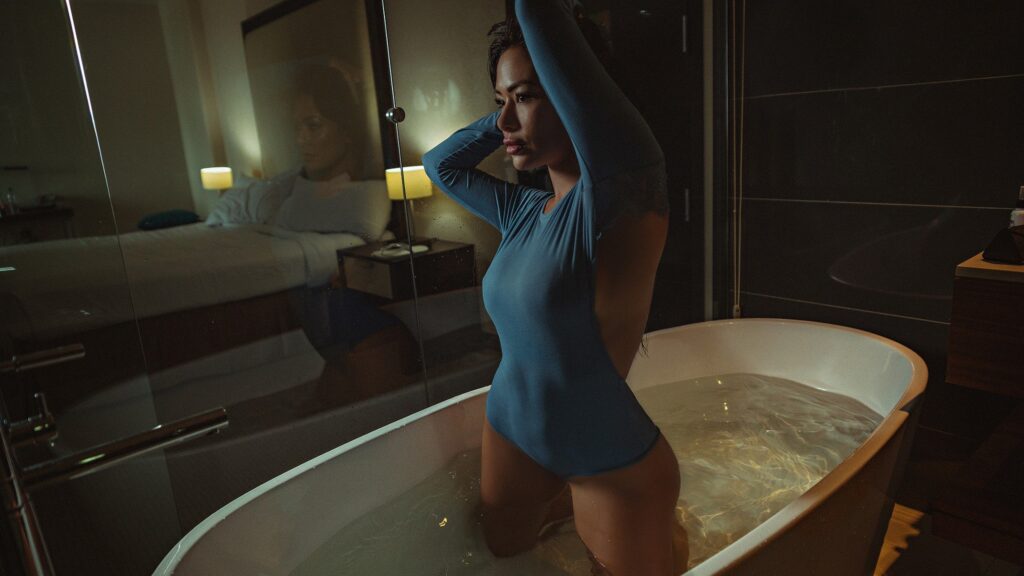
Exotic Chinese women, predominantly from Northern regions, often seek inspiration from both local and Western fashion artists. This eclectic mix of influences builds an overall aesthetic that makes these women stand out internationally. The coats and layering especially popular due to cold winters blend practicality with high fashion, retaining elegance while adapting to an ever-changing landscape of style.
America’s fashion scene also has its part to play in shaping fashion movements in China. American Chinese women, who travel back and forth between the two regions, serve as conduits for trends. They often bring over elements from big fashion capitals like New York or Los Angeles, adding a dynamic layer to what Northern Chinese women create locally.
What Sets Northern Chinese Women Apart in Global Fashion?
Northern Chinese women remain a fashion force due to their ability to evolve gracefully combining timeless traditions with futuristic trends. Unlike their Southern counterparts, many fashionistas in the Northern provinces of China are notably more experimental. The freezing climate provides a unique opportunity to wear multiple layers, which adds interesting combinations to street fashion.
Cute Chinese women from Northern China to cities like Harbin focus on fashionable, yet functional outerwear, combining aesthetics with practically. Faux fur coats, oversized sweaters, and warm tights often blend seamlessly with intricate accessories that add a sophisticated touch to their outfits. Whether walking in a bustling market or participating in glamorous events, there’s always attention to detail within their style.
Styling is not restricted to just clothing. It spills over to beauty and self-care routines that make Northern Chinese women stand out. Soft, glowing skin is frequently highlighted in their beauty regimes, with elaborate headwear during special occasions marking a visually captivating presence. These women exhibit the diligent use of facial routines, highlighting their commitment to preserving youthful, soft textures, thus maintaining a pretty Chinese women’s aesthetic.
Global fashion hubs also have immense influence on shaping what’s worn in Northern China. Big-city trends from places like Paris, New York, and Milan quickly make their way across the continent. Chinese women remain adept at putting their spin on whatever fashion waves come their way. For example, western footwear designs get remixed by national designers and show up as new, localized trends in boutique shops.
A Growing Social Awareness
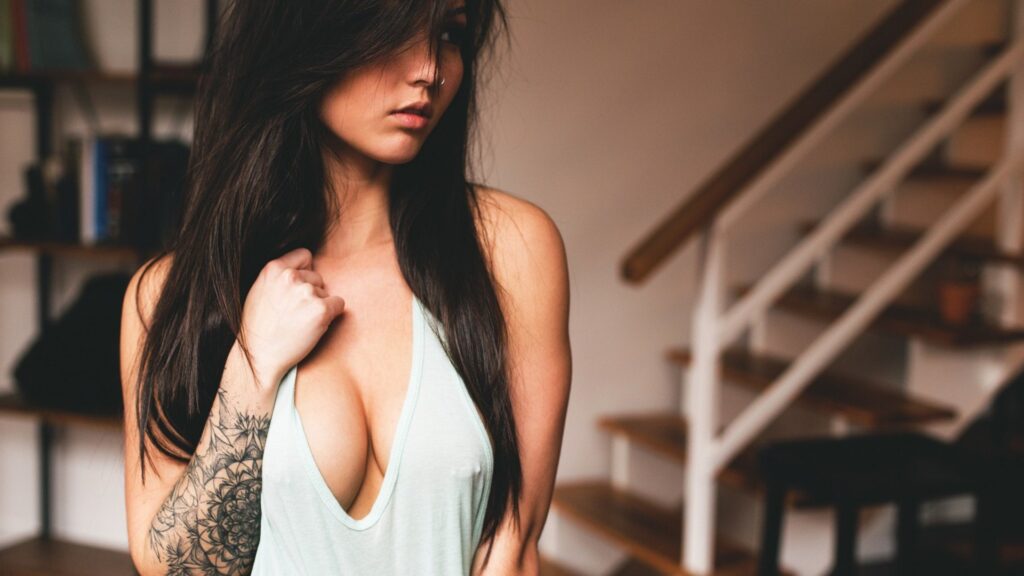
While fashion is central to identity in many aspects, shifting romantic dynamics between Chinese women and Black men also reflect a growing openness in society. Increasingly, modern Chinese couples are viewed through a less rigid cultural lens. As societal norms loosen, exotic Chinese women and women who embrace a blend of different racial relationships are more accepted into the mainstream.
The rise of these relationships is complemented by academic and workplace exchanges. Universities throughout Northern China often host international students from African countries, who bring forth new means of interaction. In turn, class discussions, friendships, and dating naturally evolve in a more mixed environment. Growing tolerance in the workplace also mirrors this trend, as workforces become more diverse over time. This promotes increased interaction, eventually leading to partnerships between Chinese women and Black men.
Couples that previously would have drawn attention for their differences now find support and solidarity from their peer groups and multicultural friend circles. As populations grow accustomed to the presence of Black Chinese women and interracial families, many old prejudices fall by the wayside. This has allowed new family structures to emerge, normalized, and celebrated in an ever-changing, evolving China.
Internal Pressures and Public Reception
There are certainly roadblocks that precede total acceptance. Family expectations occasionally pose challenges to couples involving Chinese women and Black men. Northern Chinese families, particularly older generations, may experience discomfort when encountering such relationships, given traditional ideals around marriage and race.
Chinese families often hold close-knit values, expecting children to adhere to their cultural background when pursuing relationships. Yet, it’s important to note that a growing number of families, especially those in urban settings, are changing their viewpoints. They are more welcoming of their daughters marrying those from outside China’s borders, particularly when potential partners represent values of respect, commitment, and responsibility.
Young Chinese women continue to push these boundaries, following personal preferences rather than strictly adhering to historical expectations. They are creating space for themselves, where who they love and what they wear are increasingly self-determined actions rather than dictated choices.

American Chinese Women and Their Influence on Fashion and Relationships
American Chinese women are another group that plays a crucial role in bridging cultural ideas between China and Western nations. With the growing presence of Chinese women in the United States, these women often find themselves intersecting different worlds, taking inspiration from each and applying it to their daily lives. Whether it’s fashion, personal identity, or relationships, these intersections create new dialogues.
Both young American Chinese women and those living in traditional Chinese households present fashionable clothing that incorporates Western accents, like sleek, modern materials paired with fitted clothing that speaks to global fashion hubs. This section of Chinese women represents endless innovation, as they meld their immigrant histories with their deep ties to traditions back home.
For Chinese women interested in dating across racial lines, either in the U.S. or back in Northern China, this transnational influence proves formative. Attitudes witnessed in the American context toward interracial relationships, such as those between Black men and Chinese women, affirm diversity, while acknowledging the path to acceptance as ongoing. American Chinese women may face family hesitancy but ultimately emerge as powerful forces in transforming generational narratives.
Fashion Icons and Ambassadors of Culture
The visibility of Chinese women on international platforms is increasing. Models, influencers, and bloggers contribute to the ongoing discourse that surrounds fashion and relationships for Chinese women. Well known in both fashion and beauty spheres, these women use their influence to set global trends. Their eclectic style choices often merge refined looks, ranging from bold patterns to minimalistic designs built to catch attention worldwide. As ordinary young Chinese women look towards these ambassadors, it becomes clear that fashion serves a broader function acting as a type of diplomacy that keeps people connected, even from distant parts of the globe.
